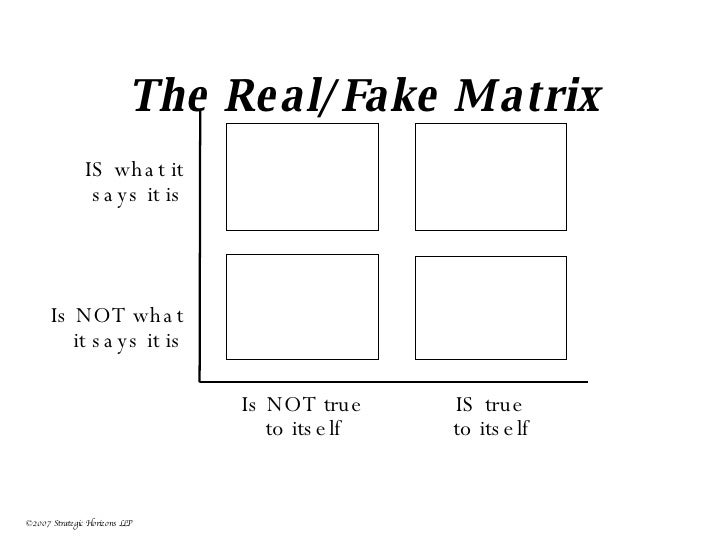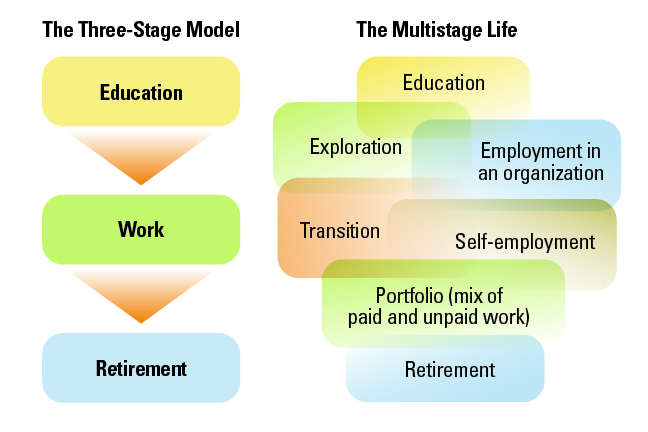Depois, ontem ao final da tarde, enquanto tinha uma inesperada conversa telefónica, aquelas palavras, "March also asserted that success requires competent "plumbers" not just "poets"", invadiram-me a mente.Spot on. As the late organizational theorist James March put it,"Neither success nor change requires dramatic action...[they mostly] require ordinary people to do ordinary things in a competent way." March also asserted that success requires competent "plumbers" not just "poets" https://t.co/43ig7WFydX— Bob Sutton (@work_matters) January 5, 2020
Depois, recordei um outro texto no FT do final do ano passado, "Against the Cult of Innovation":
"The problem here is not just the equation of youth with innovation. It is the worship of innovation itself. What we used to understand as a neutral thing, sometimes life-improving, sometimes destructive, often neither, has been reframed in this century as an unambiguous virtue. Perhaps the virtue.Então, resolvi mergulhar no texto que gerou o tweet inicial "The Surprising Value of Obvious Insights":
...
The vast majority of human labour is devoted to the quotidian business of keeping things going.
...
The premise of innovation is that the fundamentals are already in place. At that point, the eking out of extra gains though ingenuity really does make sense. It is less urgent when the fundamentals are the problem. I have seen well-meaning politicians fall for this mug’s game at close quarters. Governments that struggled to enforce basic standards in education or to tend to vital infrastructure have lost themselves in innovation task forces and the like, as though they were Finland, soundly run and just eager to keep their edge.
...
The lesson is for organisations far beyond. A “cult of maintenance” is an unglamorous notion, and no less essential for that."
"I was wrong to place such a high premium on the unexpected. Findings don’t have to be
earth-shattering to be useful. In fact, I’ve come to believe that in many workplaces,obvious insights are the most powerful forces for change.
...
Obvious insights can motivate us to close the knowing-doing gap. Common sense is rarely common practice.
...
My favorite way to make obvious effects interesting is to quantify the big impact of small changes. Is it obvious that you’ll be more productive if your desk is near a high performer? Probably. But would you have guessed that sitting near a single star appears to boost your productivity by 15%? Probably not. Is it obvious that you’ll be more motivated if you find out how your work benefits others? Sure. But until I ran a series of experiments, I would never have predicted that meeting a single person who benefited from your work could be enough to double your effort and triple your productivity. [Moi ici: Um tema que os empresários podiam agarrar com ambas as mãos] Is it obvious that managers should have a one-on-one meeting with new hires in the first week? Definitely. But did you anticipate that when managers did that at Microsoft, within the next 90 days those new hires became twice as central in their networks and spent triple the amount of time collaborating?...
Ultimately, the beauty of leading with obvious insights is that you gain legitimacy. Your data don’t always have to say something new if they say something true. People start to trust your research, and then they’re more likely to give you the benefit of the doubt — which opens the door to doing and disseminating more groundbreaking work.
.
So don’t be afraid of obvious insights. They’re the Trojan horse you sometimes need to smuggle in your more startling results. On that note, I would still love to see some evidence about when it’s a bad idea to meet your new hires on their first day."


























